Transcription of TRAFFIC ACCIDENT INVESTIGATION - Wise …
1 Texas Association of Police Explorers Texas Explorer's Guide to Law Enforcement Training 1 TRAFFIC ACCIDENT INVESTIGATION Objective: Explorers should be able to investigate a TRAFFIC ACCIDENT , obtain witness and victim information, determine the cause and fault of an ACCIDENT and properly fill out the state ST-3 ACCIDENT Report form. Explorers should be able to properly clear the scene of an ACCIDENT calling upon the necessary resources such as EMS, wreckers, firemen or repair crews. Foreword: TRAFFIC accidents are extremely confusing events. How they occur, who or what caused them, and why they occurred are facts that police must determine. Every peace officer must know the fundamentals of TRAFFIC ACCIDENT INVESTIGATION and know how to prepare TRAFFIC ACCIDENT reports.
2 TRAFFIC accidents, resulting in personal injury, fatality, and property damage in the amount of $1,000 or greater require an on scene INVESTIGATION . The State of Texas mandates all peace officers will use the ST-3 state ACCIDENT form for reporting TRAFFIC accidents to the Texas Department of Public Safety. If additional instruction/information is needed, contact the Bureau of Statistical Records, Texas Department of Public Safety. Initial Steps. Prompt arrival at the scene of an ACCIDENT is essential. Safety, however, should be emphasized at all times. While in route, the officer should maintain contact with the Dispatcher. They should also be on the lookout for any suspicious or damaged vehicles fleeing the general area.
3 Arrival at the Scene. The following steps should be taken upon arrival at the scene of the ACCIDENT . While enroute to the scene, the officer should obtain as much preliminary information as possible concerning the ACCIDENT . Such information includes: Location Time of notification Who notified the officer and how Weather and visibility conditions General information as to seriousness of the ACCIDENT --injuries, hit and run, amount of TRAFFIC congestion, etc. Whether or not additional support is proceeding to the scene, such as wrecker, ambulance, or additional Police patrols By obtaining such information prior to arrival at the scene, the investigators may more quickly and efficiently respond to the needs of the situation.
4 Location of the Patrol Vehicle. The police vehicle should be positioned so as not to cause further TRAFFIC congestion or accidents. If necessary, it may, however, be used as a roadblock. At night it should be parked so the headlights illuminate the entire scene. At all times the emergency lights should be on to warn approaching motorists of the hazard. Care for injured and protect the scene. The investigators should determine the extent of injuries, if any, to ACCIDENT victims; render first aid; and request medical assistance, if necessary. Severely injured persons should not be moved, except to preserve their safety. The position of all victims should be noted for report purposes and, if on the road, the positions Texas Association of Police Explorers Texas Explorer's Guide to Law Enforcement Training 2 outlined in chalk or road paint.
5 A doctor/corner or justice of the peace makes final determination of death. After caring for the injured, the scene should be secured to protect property and preserve evidence. Personal property of ACCIDENT victims must be protected. In case of accidents involving fatalities or felonies, Explorers should request appropriate specialized ACCIDENT investigators. Establish TRAFFIC Control. TRAFFIC control is essential at the ACCIDENT scene to prevent further accidents or injury. Rerouting vehicles around the ACCIDENT scene is the most common procedure used. Spectators or unnecessary personnel should be cleared from the ACCIDENT area. Request Additional Support Additional support personnel should be requested, if necessary, such as power line repair; road repair; water pipe repair; portable lighting, signal personnel (for telephone repair or photography), medical personnel (for ambulance, special medical equipment), and civilian police personnel within their jurisdiction.
6 Essential Elements of an INVESTIGATION . The ST-3 state ACCIDENT form when completed, contains the essential investigative elements who, what, when, where, why, and how the ACCIDENT happened. It may be used alone, or supported by scaled diagrams, photographs and/or statements. This form is one of the special tools needed to clearly explain what happened at the ACCIDENT scene. Securing Facts at Scene. After completing the initial steps and securing the scene of the ACCIDENT , the investigator obtains and records facts needed to complete their reports to arrive at logical and objective conclusions. The main thrust of the INVESTIGATION is to determine whether or not there was a violation of the law; and if so, to prove each element of the offense.
7 Explorers should issue a TRAFFIC ticket when appropriate. Moving Vehicle And Marking Wheels The decision to move a vehicle from its final position must often be made by the police patrol arriving at the scene. When this is done, the positions of the wheels should be marked on the ground so they can be relocated for investigative purposes. Under the following conditions, a vehicle must be moved immediately: When an injured person is trapped in the wreckage and cannot be treated there. When a person is trapped in wreckage near burning material, or an area of potential fire hazard. When a vehicle position is an immediate hazard to oncoming TRAFFIC and adequate TRAFFIC control cannot be established.
8 Identify and Preserve Fragile Evidence Any fragile evidence that can be damaged, altered, destroyed or removed from the scene by any willful or negligent act must be identified and secured. Prior to removal, its position should be noted, sketched, photographed and/or marked in chalk. Examples of such evidence are puddles of gasoline, oil, blood or pieces of broken glass. The position of turn signal levers should be checked; although this is not a positive indicator of whether a turn signal was in use it can be helpful. Alcoholic beverage containers inside a vehicle should also be secured. Evidence should be tagged, marked, and secured in accordance with proper evidence gathering procedures prior to its removal from the scene.
9 Texas Association of Police Explorers Texas Explorer's Guide to Law Enforcement Training 3 Take Statements Questioning and taking statements of witnesses and victims should be done at the scene. If this is not possible, statements should be taken as soon as possible at the hospital, police station or homes of those involved. Names, number and contact address of witnesses should be noted on the ST-3 ACCIDENT report. All parties should be separated when questioning them, but in a safe location like on the sidewalk, not in the roadway. Make sure the parties exchange names and phone numbers before leaving the ACCIDENT scene. Recording Observations After gaining all the information possible from all persons involved in the ACCIDENT , the investigator begins to examine the physical condition of the scene, and to record his observations.
10 Vehicle Final Rest Position The examination should start where the vehicle came to final rest. Debris or broken parts from vehicles, with other indications, will help locate the key event and indicate the paths of the vehicles involved. Marks or traces such as skid or scrape marks help the investigator locate pertinent points accurately. All marks, puddles, bits of metal and contents of vehicles must be located and their positions measured and recorded. Skidmarks are very important since they show position and direction of travel, evasive action or unlawful behavior. Note especially things that would help locate the point of first contact, such as changes in skidmarks, chips in pavement and damage to roadside objects.
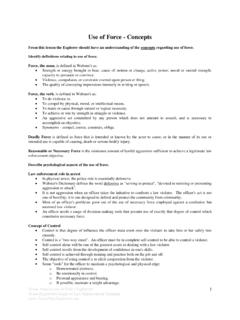
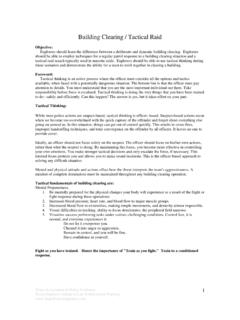
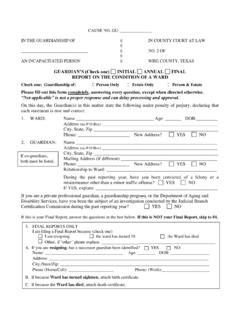

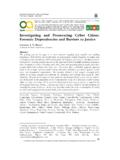
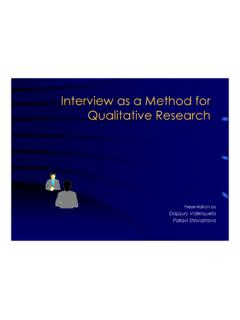


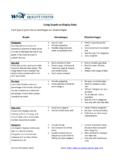
![ABSTRACT arXiv:1409.1556v6 [cs.CV] 10 Apr 2015](/cache/preview/4/e/0/e/4/4/2/c/thumb-4e0e442c20fc4f8e108fa20a1095af07.jpg)
![Abstract arXiv:1707.01836v1 [cs.CV] 6 Jul 2017](/cache/preview/4/1/7/c/3/c/f/5/thumb-417c3cf524207c81cbb20aac762ce5b4.jpg)